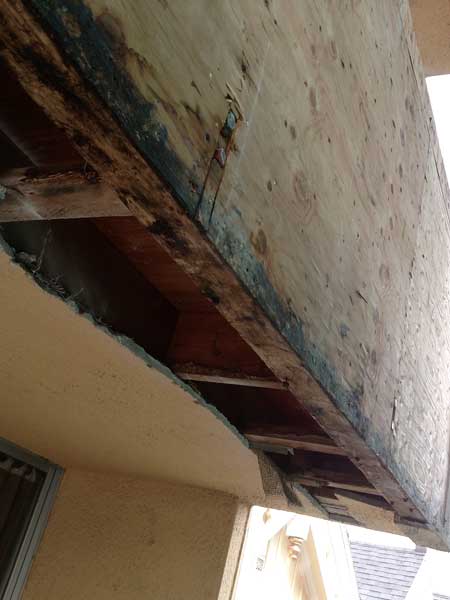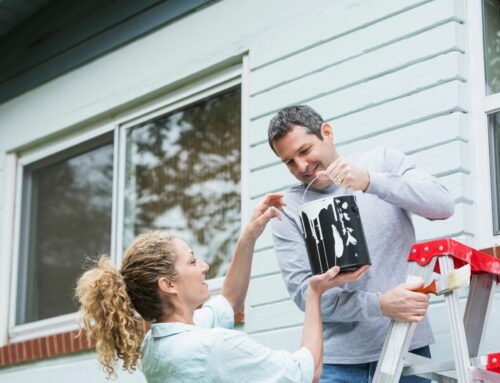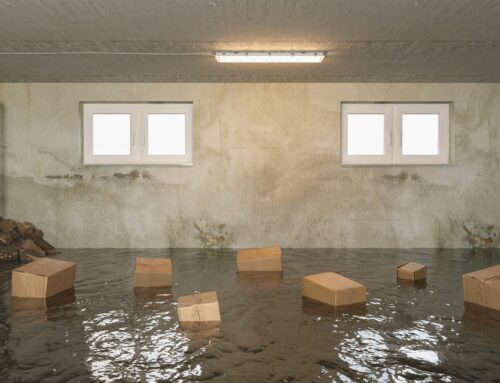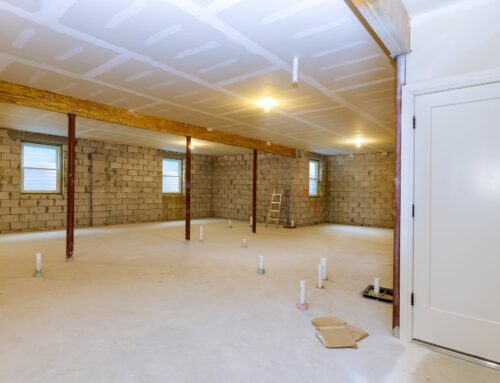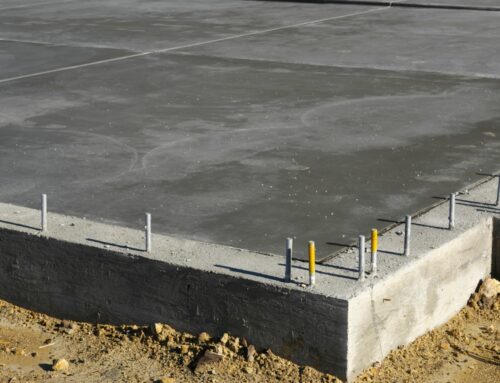Wood is often a vital element of a home’s structure. It’s been part of many homes for centuries and is indeed a reliable construction material.
However, wood is not without fault. As an organic material, wood tends to rot, especially when not given proper care and maintenance.
Rotten wood isn’t just an aesthetic issue; it’s also a safety concern. It can make certain areas of your house vulnerable and may eventually lead to much more severe damage. So, it’s crucial to find out whether you have rotten wood in your home to address it as soon as possible.
What Causes Wood Rot?
It’s essential to understand the causes of wood rot to prevent it. Moisture is often the prime suspect. When moisture lingers in the wood, it can invite fungi to grow, resulting in the deterioration of the wood fibers.
Where to Look for Rotten Wood?
Since lingering moisture often leads to rotten wood, it’s best to inspect the areas where moisture is more prone to collect. These areas are more susceptible to rotting.
Check the window frames and sills since rainwater could gather there and lead to rotting. Even if the window sills are painted, the rainwater could slowly wear the paint away and eventually seep into the wood.
While your roof is definitely made to survive the rain and other harsh weather conditions, some elements may still be susceptible to wood rot. Check the area below the roofline as they may experience wear and tear from the rain. Using binoculars, check for any damaged shingles, cracked seals, raised nail heads, and discoloration, as these may all point to rotten wood.
Exterior doors could also get damaged over time and become vulnerable to the rain. Check all the wooden parts of the door, including the door frame, door jamb, threshold, and trim, as they may show signs of rotten wood. The door’s lower region is also more susceptible to fungi growth, so it’s best to inspect that thoroughly.
How to Check for Rotten Wood?
Now that you know where to check, you should also figure out what to look for when inspecting rotten wood. But before you can do this, you have to have the right equipment on hand. You’ll need a flashlight, a screwdriver, and some binoculars for the roof.
One of the most prominent indications of rotten wood is its softness. Wood should not feel soft when pressed down. So, you should use your screwdriver to inspect the wood with a good, old poke. If the wood feels brittle or crumbles, then it’s probably rotten.
You should also look for discoloration as this is often a sign of fungi growth. Use your flashlight to carefully look at the wooden surfaces. You may also use binoculars for areas that you aren’t able to see up close.
If you notice any damp peeling paint, then there may be a water leak. And water leaks can cause rotting. Cracked paint should also be something you should look out for.
Final Thoughts
Rotten wood in your home is not a good thing, and you should repair it as soon as you can. Lingering moisture is often the culprit for rotten wood, so it’s best to put special attention on areas with frequent water exposure. Check for any discoloration in wood, cracked and peeling paint, and soft, brittle wood that crumbles when pressed.
If you find rotten wood in your windows, don’t panic. You can get window replacement and patching services from One Stop Plastering. With over 60 years of experience, we offer the best residential and commercial stucco and plastering services in the Bay Area. Contact us today to get started!

